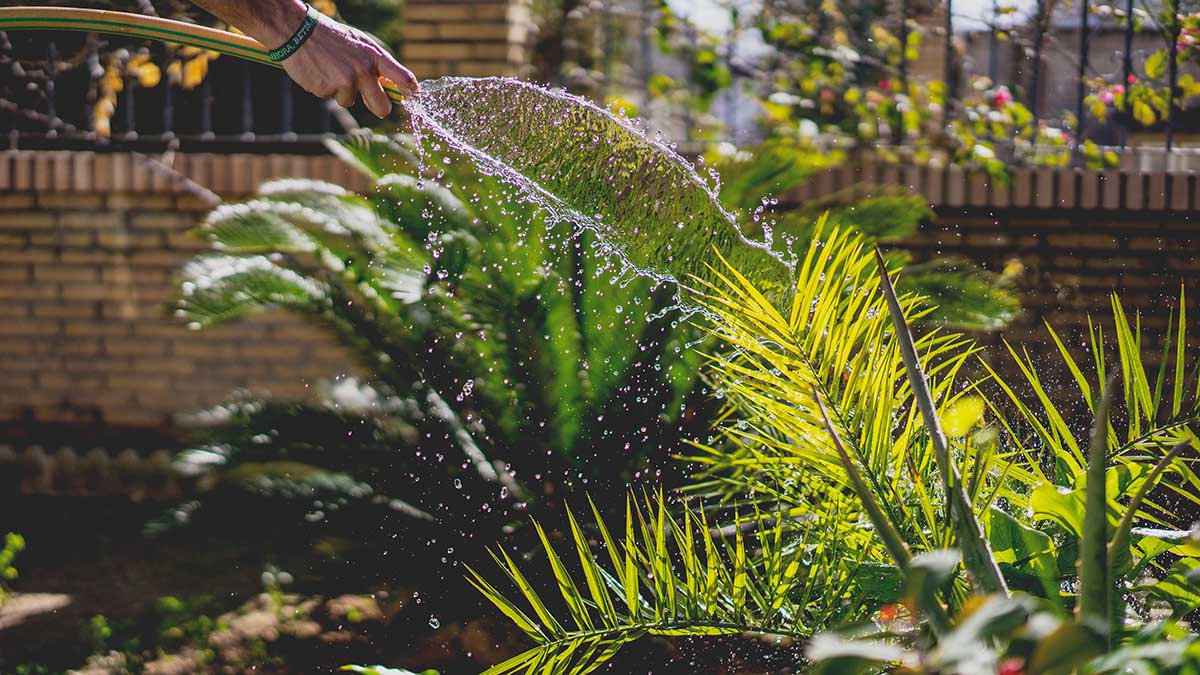Feeding time
Feed citrus trees once again. Mature citrus trees need a yearly total of 1.6 pounds of actual nitrogen fertilizer, divided into four equal portions applied in late January, early March, late April and early June — about six weeks apart — and distributed around the drip line. Since 1 pound of any dry fertilizer equals about 2 cups, that is about 4 cups of ammonium sulfate, 2 overflowing cups of ammonium nitrate, or 1.5 cups of urea, each time you apply it. Be sure to water it in well.
Feeding time, part 2
Avocado trees need a second semiannual feeding within the next couple of weeks — half a pound of actual nitrogen per tree. That means about 2.5 pounds (5 cups) of ammonium sulfate per mature tree. Or 1.5 pounds (3 cups) of ammonium nitrate per mature tree. Scatter it away from the trunk, near the outer edge of the leaf canopy, and water it in thoroughly.
Mulching time
If you have not already done so, be sure to add a 3-to-4-inch layer of mulch around all your flowers, roses, shrubs and fruit trees. Mulch reduces the likelihood of having to deal with weeds. And it also helps soil retain moisture, so you don’t have to irrigate as often to keep your plants healthy. Mulching makes a wonderful difference. Just don’t use redwood-based products around roses. Compost and other amendments work well.
Cutting time
Thin newly formed grape clusters to get larger individual fruits instead of huge bunches of tiny grapes. Cut each cluster basically in half as soon as the little grapes begin to form. This way the vine puts more energy into the remaining grapes. They grow larger and have better quality.
Spraying time
To prevent wormy apples at harvest time, begin a consistent spray program now. Newly hatched codling moths lay eggs on immature fruits throughout summer. The larvae enter the fruits and ruin them. Spray leaves and fruits with carbaryl (liquid “Sevin”) or malathion every 10 days during spring and summer.



Recent Comments